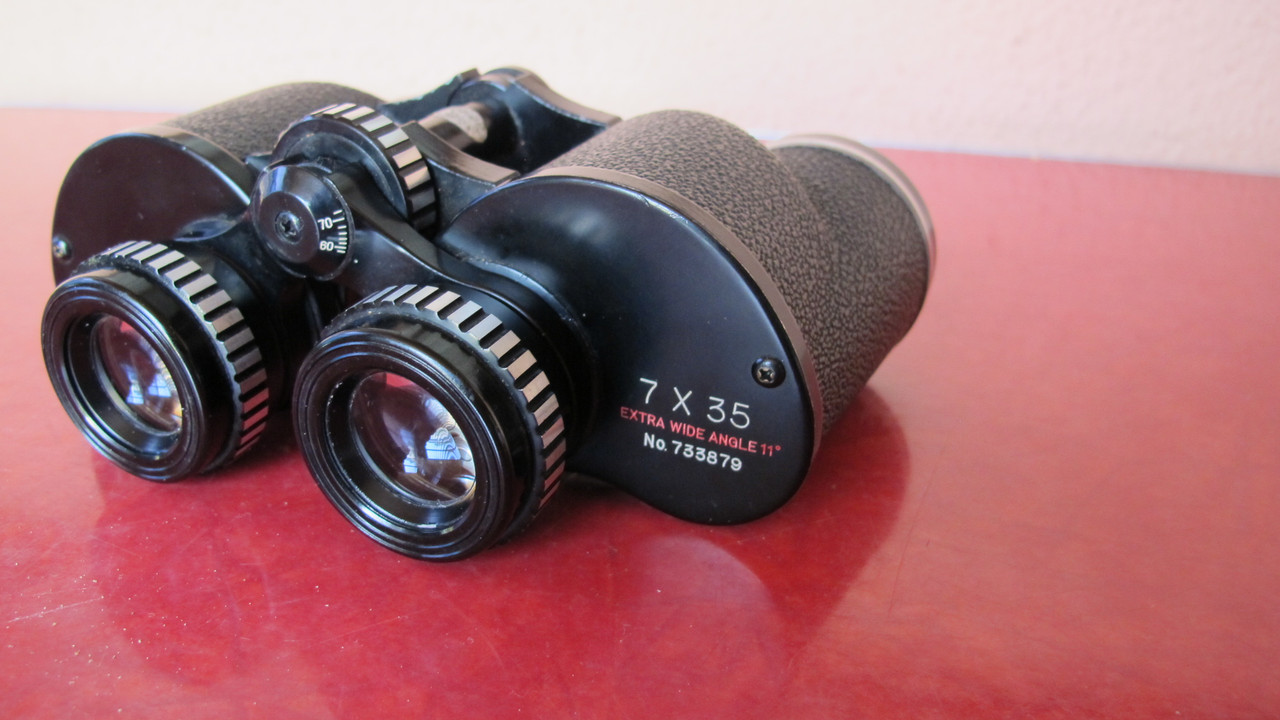Hi 42za,
One has to be careful using sunlight to stop fungus as the intense rays of a largish binocular will probably affect the balsam or cement in the eyepieces.
In extreme cases it might crack the glass depending where the sun was focused.
UV radiation is not significant unless the Sun's elevation is more than 50 degrees.
It may be best not to track the Sun accurately as this would concentrate rays in one spot.
Maybe best to just move the binocular so it roughly faces the Sun.
A UV torch may be better, although the batteries won't last very long unless rechargeable batteries.
There are mains banknote UV checkers, but these have a guard to stop radiation reaching the eye.
You mentioned previously several binoculars, so I thought it was a general enquiry.
For a start one should have a climate controlled room either at home or work to store binoculars.
(Or move to the Atacama desert, where it hasn't rained for 400 years).
Probably 30% humidity and say 20C to 22C.
Fungus thrives at a humidity of more than 60%.
The binocular shown is good enough to get professionally cleaned and Dennis's link seems good.
There was an Australian who spent a year making a perfect gravitational sphere, the most accurate in the world, I wonder if it is him?
As a rule, I have become ruthless concerning fungus in binoculars, or indeed out of collimation binoculars.
Where a binocular repair costs more than the binocular is worth, I don't bother.
But there are sentimental optics that one does want restored even if little commercial value.
In WW2 binoculars became unusable in less than 6 weeks from new because of fungus, so many technicians were used.
Sadly today is a throwaway world.
Regards,
B.
P.S.
The eyepieces of the 7x35 are probably 5 or 6 elements including some cement.
Exposing the eyepiece end to sunlight should be no problem.
However, exposing the objective end may cause heat damage.
In England I would probably expose for a few days, but in Africa this may be too much.
Fungus is a serious problem in the U.K. especially in unheated garages or poor indoor conditions.
Also in seaside towns.
It is much worse in jungle conditions but no problem in very dry places.
P.P.S.
It was Achim Leistner in Australia who spent a year polishing the world's most perfect sphere about 2008.









